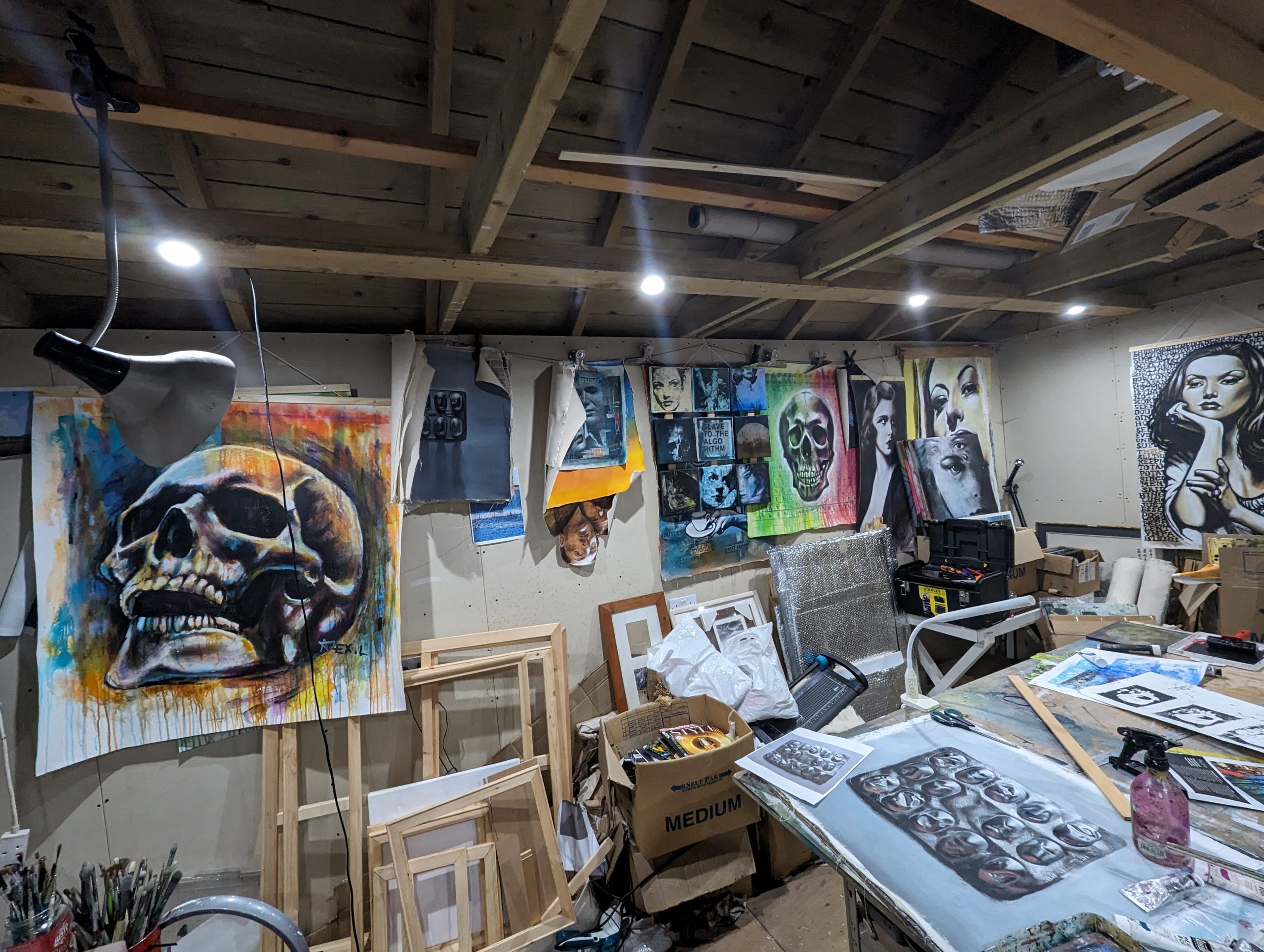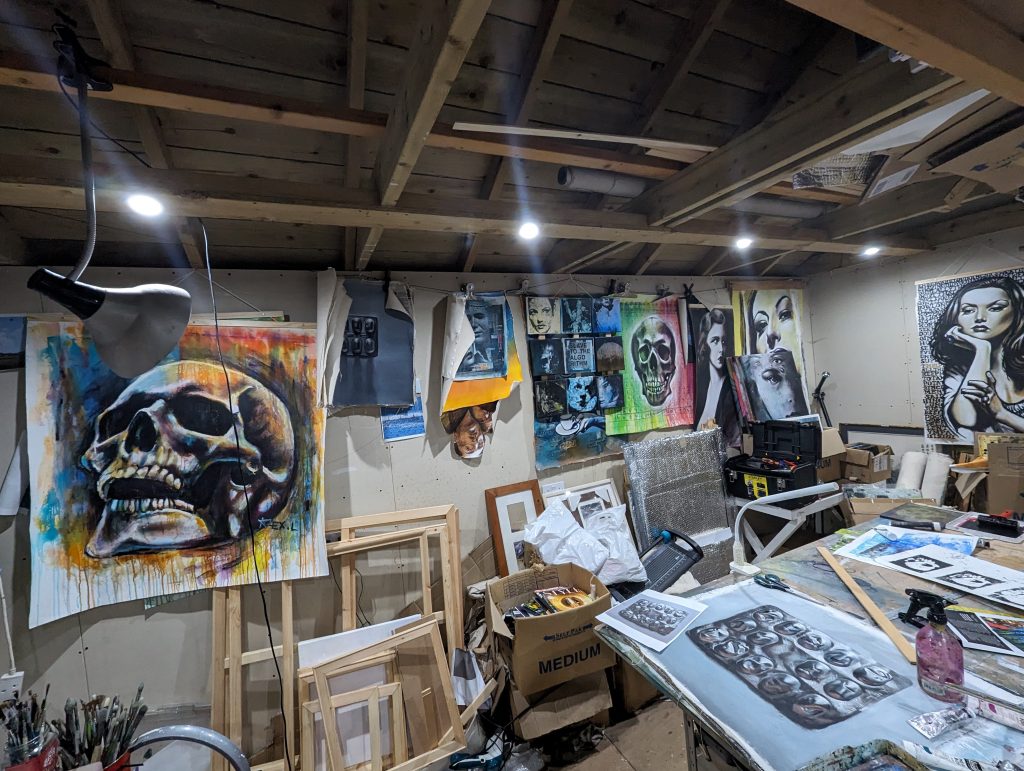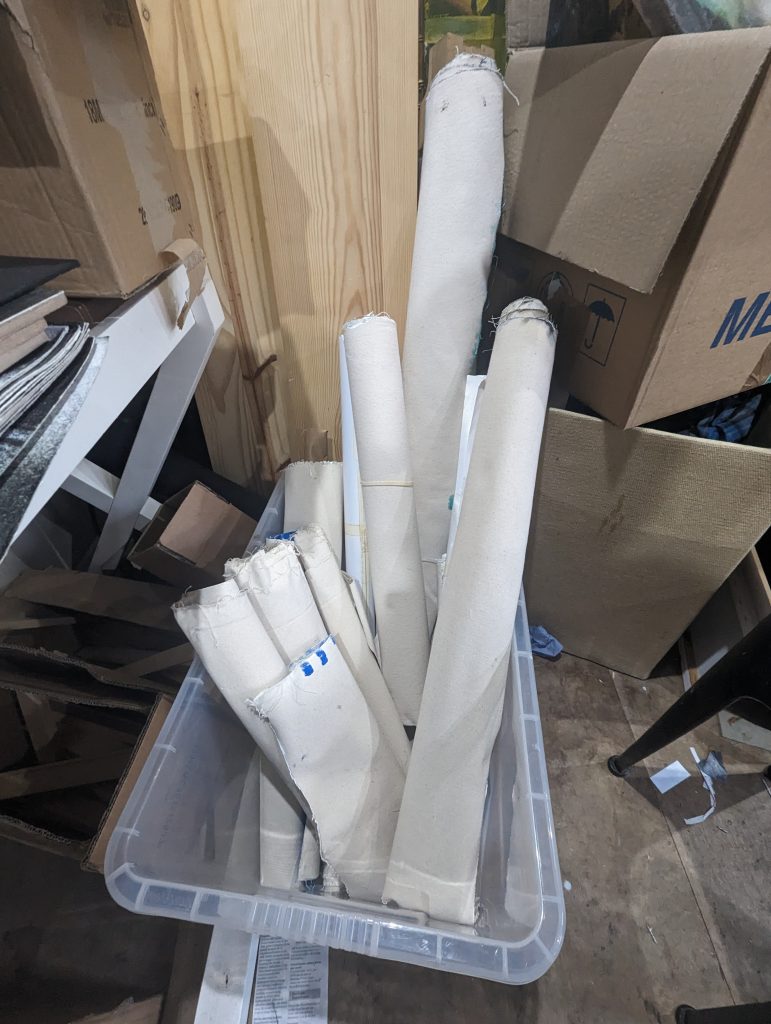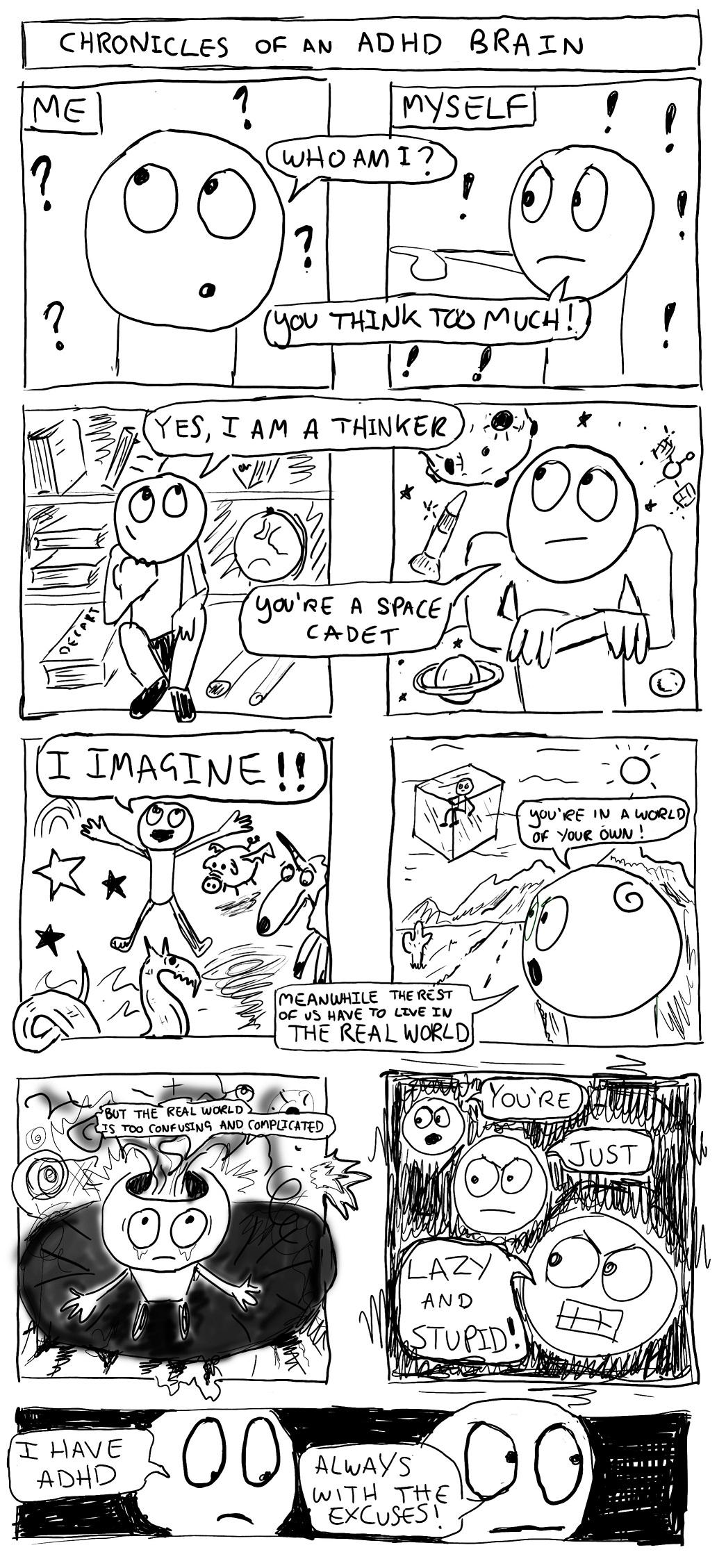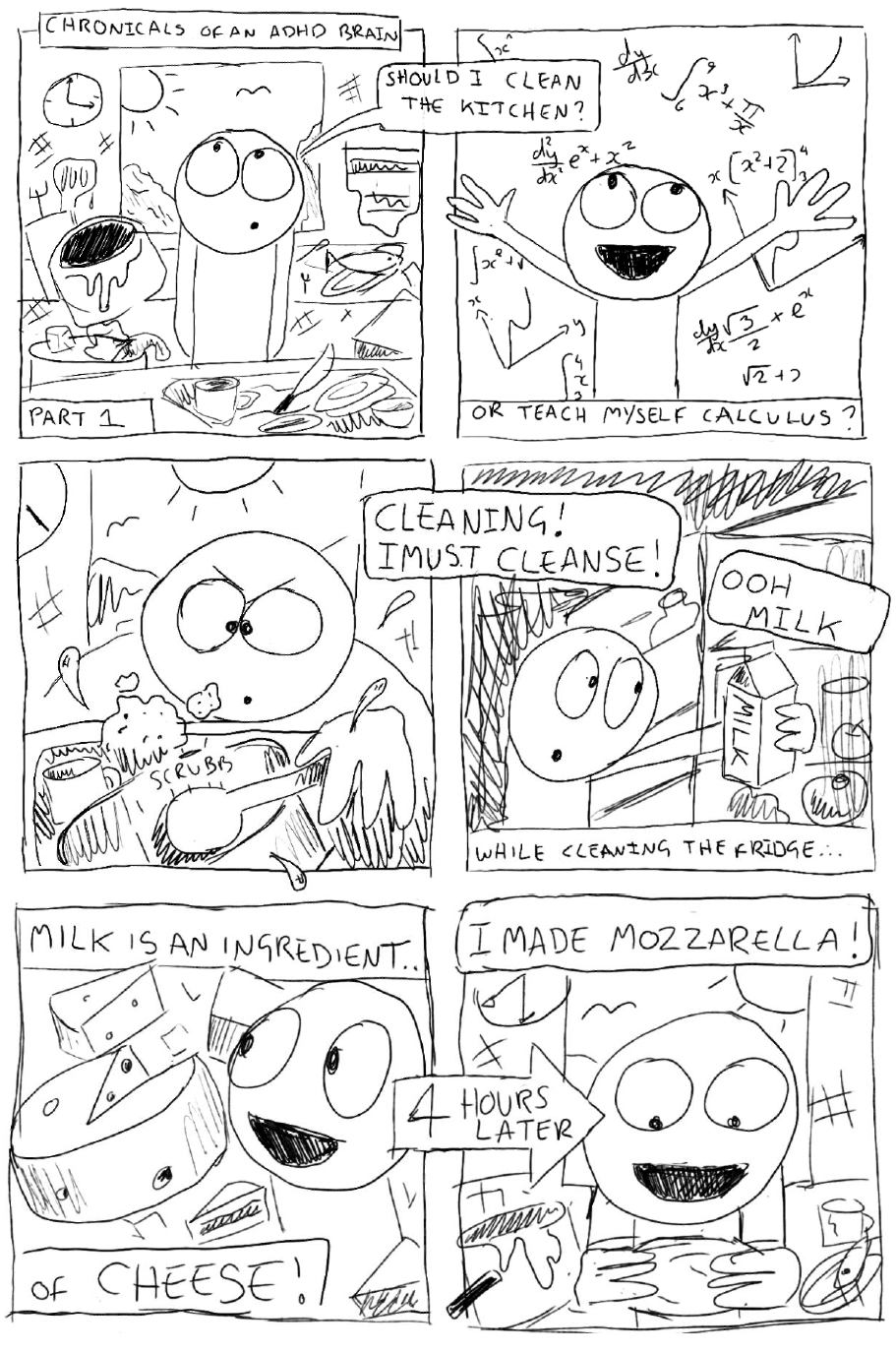People who write for artists have a lot to say on doubt. Self-doubt, projection of doubt, the general fetishisation of doubt. Doubt, it seems, is an artist’s foremost skill. Even as I write this I’m fighting the doubt that I can or should have anything useful or insightful to say on doubt. And perhaps I don’t, but that doesn’t mean I shouldn’t talk about it. And why am I? Because I decided I needed to write a blog post, and it was the first thing to spring to mind, which isn’t that surprising really, since I’m spending most of my time lindy-hopping with doubt right now. She is my nemesis and my muse.
Yesterday I woke up full of confidence and positivity. Doubt only whispered, and I chose not to listen to her. This morning she is screaming at me. I cannot ignore her. So I’m going to try and write her out of existence. At the very least I will expose her in the hopes I can shame her into quiescence. (Shame is another companion of mine, and a close confident of doubt, but we will deal with the shame wizard another day).
As I’ve said many times before, I took up making art again after a long hiatus as a prescribed means of managing persistently poor mental health caused primarily by unrecognised Autism and ADHD. I have always had a forceful creative drive, but never really saw creativity as the sole purview of the various creative practises (the visual arts, creative writing, music, performance etc.). For example, coding (or programming) is, for many, a creative endeavor, and indeed well conceived and written code can be quite beautiful, much like an elegant equation, a well designed bridge or building, a delicious plate of food. I have had many creative outlets, and tended to gain new ones all the time. This is a common mode of operation for ADHD and AuDHDers like me, who tend to cycle through hobbies like a rabbit cycles through offspring. These have included academic excursions (psychology and maths) as well as more traditionally creative ones (guitar, sing-writing, creative writing, photography, film making to name but a few) and I’ve forgotten more programming languages than most people have learned. The upshot of this is that I tend to never attain much mastery at any of these, although I was, and in some cases still am, half decent at various of them. But I was always just visitor, and rarely stayed around for more than a cup of something hot and a scone. Never having got close to my 10,000 hours, or transcended my latent Dunning-Kruger has left me with a chaotic splattering of knowledge and skills, many of which are occasionally, or even frequently, useful. So, am I able? Yes, well, probably. Confident? No. And neither should I be, I didn’t earn it. I’m cool with that. I’m cooool with that. But. There’s always a but, isn’t there?
It’s been said that children with ADHD “receive a full 20,000 more negative messages by age 10, on average”, than neurotypical kids. There are similar stats out there for autism (as well as dyslexia, dyspraxia and all the other neurodivergent profiles). It’s a generalisation for sure, but I think that most neurodivergent adults can relate. This leaves its indelible mark. A patchwork of psychological scars, some barely perceptible blemishes, others gnarled, callused welts, that all add up to a complex pathology of trauma, that can manifest in what’s these days referred to as Complex PTSD (cPTSD). There’s a whole bunch more nuance here, and I won’t get into the probable influence of various “comorbidities” (Rejection Sensitive Dysphoria, Pathological Demand Avoidance) which some would argue are really just trauma responses anyway. But it tends to leave one a bit, how can I say, sensitive to criticism, and chronically lacking in self-esteem. Combine this with the autistic inability to process human interaction in real-time (or at all in some cases), and the aforementioned restless spirit, and you have a recipe for chronic, pervading and persistent sense of doubt.
Everyone has moments, or even extended periods of self-doubt, imposter syndrome, low self-esteem. But not everyone carries the weight of lack of expectation and nagging, latent low self-opinion that comes from a lifetime of failing at being normal. This leads me to question, sometimes unhealthily, almost everything I do. Every task, human interaction, word uttered or written. It leaves me constantly anxious, like a chicken pogosticking in a minefield. This is definitely not a recipe for Trump-level narcissistic self-regard.
Doubt is an old acquaintance, but in reality it’s a defensive tactic. A way of discounting my performance, good or bad, so that I won’t disappoint myself, or anyone else.
So is Alex the Jack of all Trades is the Master of None. The Master of Nothing. Including writing code, painting pictures, raising kids, eating pizza, speaking words in the English Language, sleeping, breathing (seriously, sometimes I get so anxious I forget how to breath!). This is not the kind of doubt that can be overcome with a course of talking therapy, CBT, journaling, daily gratitude, meditation, manifesting, etc. etc. although I have tried most of these (except for manifesting, which is just wishful thinking monetised). It’s fair to say that they have helped to some degree, or at least helped me recognise and frame these behaviours. But what I live with is doubt taken to a new level, turned into an artform. A life’s length magnum opus of self-effacement. At least that means I good at something, right?
And I’m awesome at it. You might enquire, rightfully, how I can even raise myself from bed each morning while beset by such levels of exuberant masochism. But it’s always there, the diffuse, ringing tinnitus of low-expectation. It obscures everything, and creates friction, but my ADHD brain still wants to do stuff, and lots of it, all the time. There is dopamine to be mined! And you can’t have doubts about things you didn’t, or don’t intend to, do. So I haven’t overcome my doubt, I’ve not conquered it, I’ve just learned to ignore it. Most of the time anyway.
This is made somewhat easier by the fact that I’m actually pretty good a few things. I’m good good analyst and python coder, and I’m preternaturally good at spotting patterns in data that few others would. I’m a decent cook, and it turns out I’m pretty articulate and write quite well (despite getting a D grade in GCSE English twice!). And I make good work in the field of the visual arts. I know this because:
a) I like lots of my artworks, and I also like other people’s works, and therefore have some ability judge and,
b) other people tell me so and even, sometimes, purchase my art
The latter isn’t the slam-dunk it seems. Just because someone says that like my painting, doesn’t mean that they really do. They might be lying, to be polite in the hopes that I take my horrible canvas smears away. There’s a level to which I have to trust other people over my own propensity for self-deprecation. And people do buy my artworks – folks don’t tend to spend money on stuff they hate, although I suppose they could despise my works so much that they feel compelled to spend money of them so that they can take them home to derive pleasure from burning them. If this is the case I do hope they’re using them to heat their house, rather than merely as a ritualistic sacrifice. But I’ll take the money either way, since I need to eat.
It’s also worth noting that a bit of doubt isn’t always bad. Sometimes I have doubts about whether an artwork is particularly good. And sometimes I’m right. Doubt drives quality and stops me from saying stupid shit, and stops me from replying to Nigerian princes. I’m not particularly susceptible to scams and am great at spotting week spots in plans.
So how do how do I bring this probably overly-long, poorly written, boring, meandering, self-pitying, indulgent snorefest to a conclusion? Well I’m already questioning whether I should post this at all. Maybe that makes me a good editor?
Writing this has been cathartic, and although my aim to browbeat Dutchess Doubt into subservience hasn’t been a success, I do feel perhaps a little more in control. Like writing a withering hate-letter to an ex that they’ll never see – it’s important the the universe knows! It’s the thought that counts. Was it good thought? Probably not, but then my thoughts never are.


